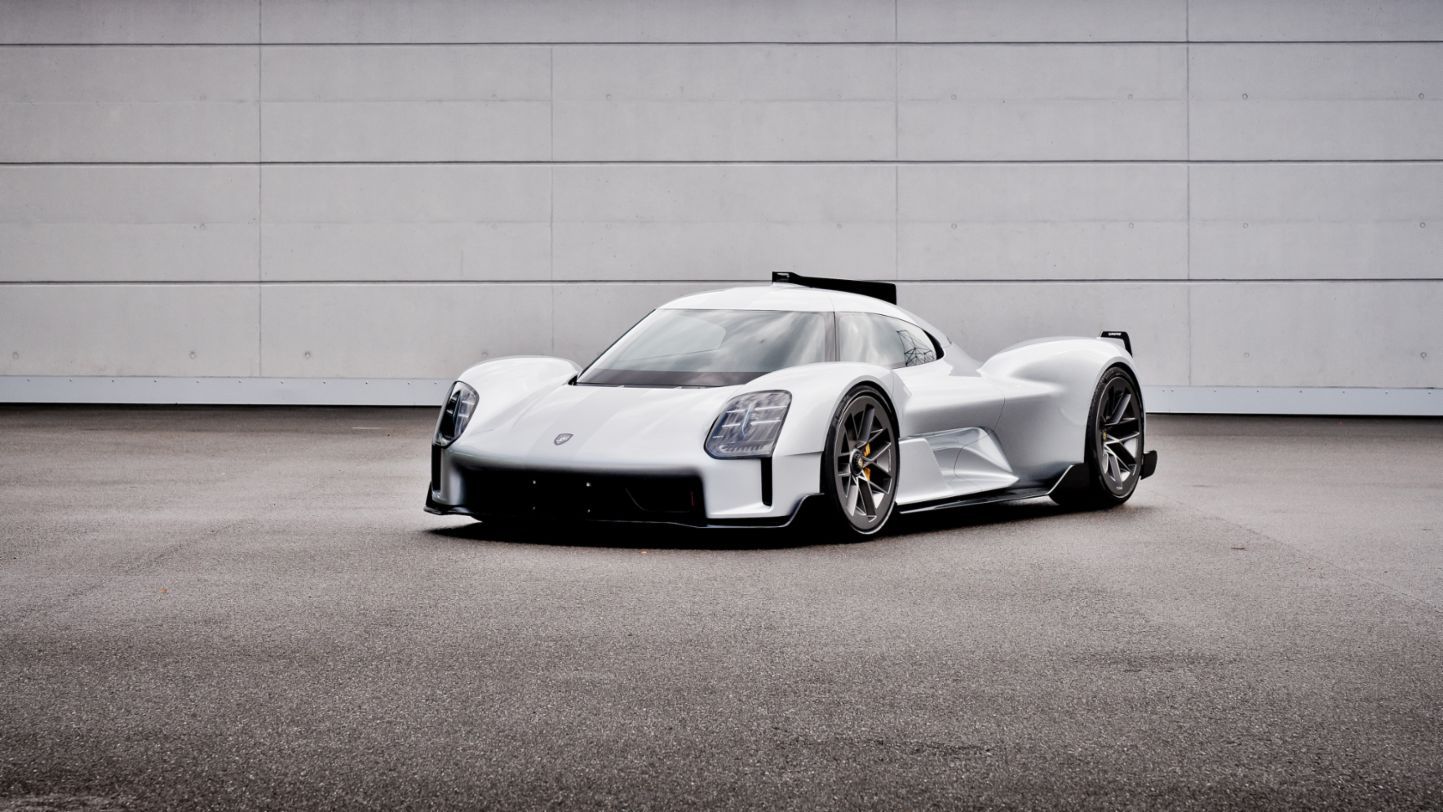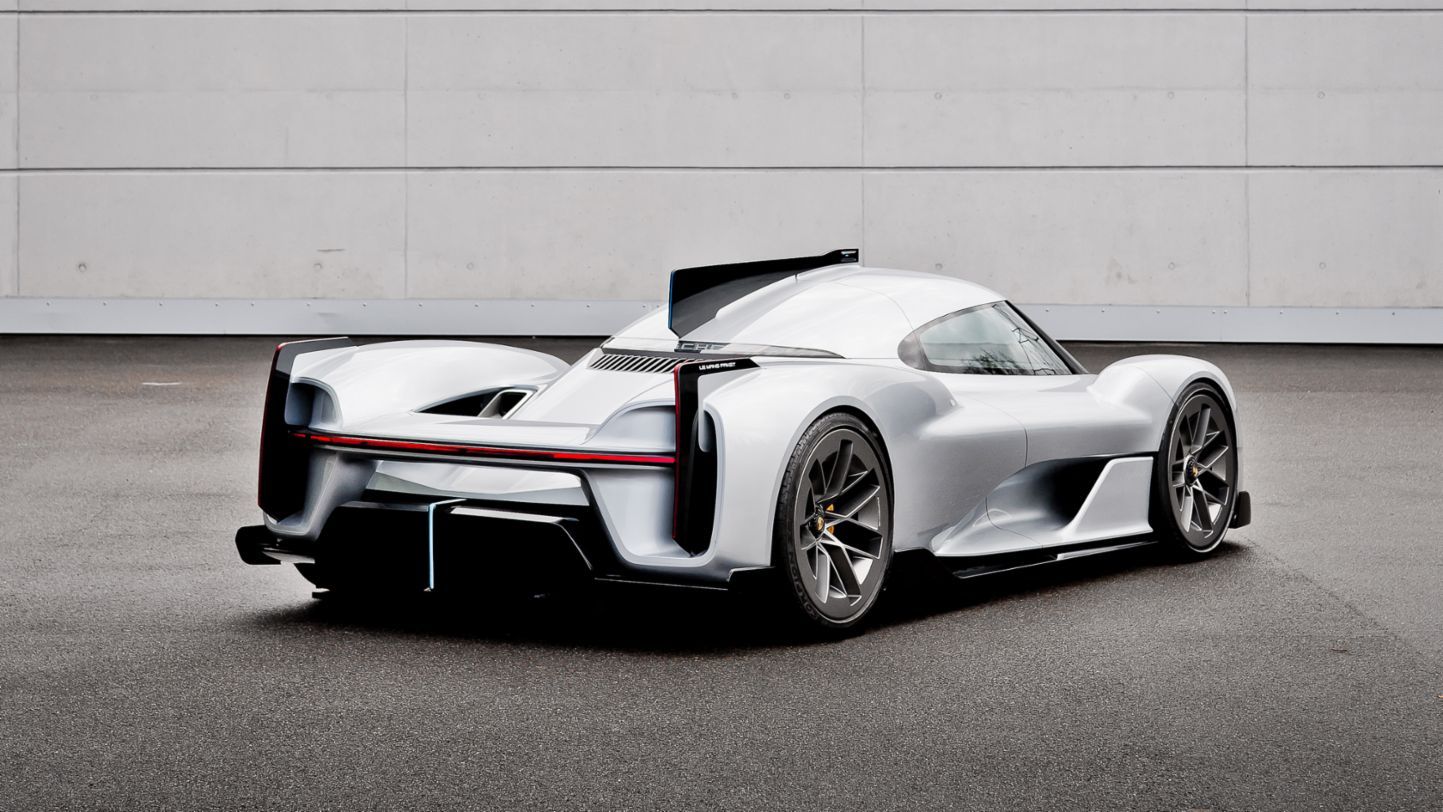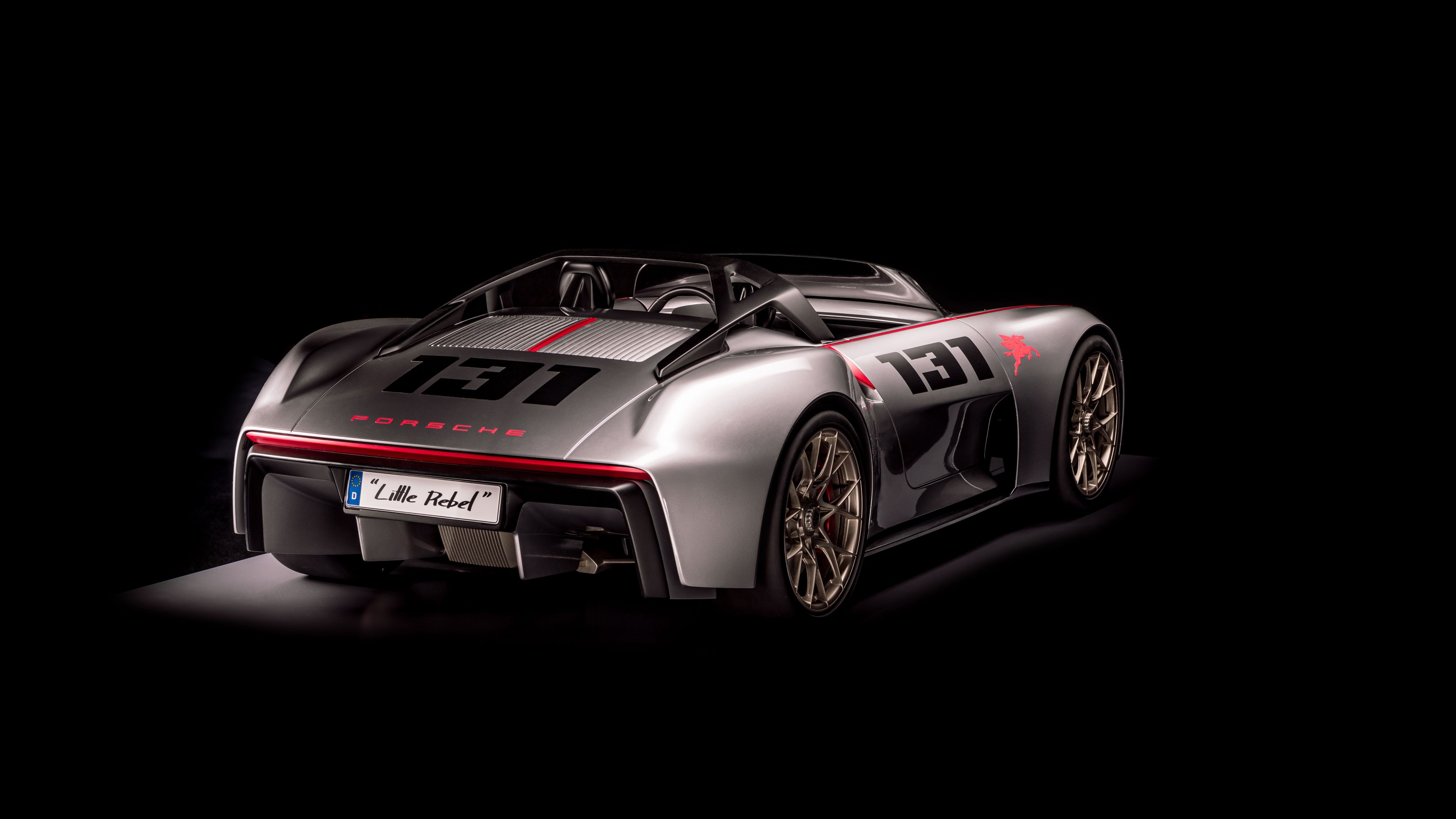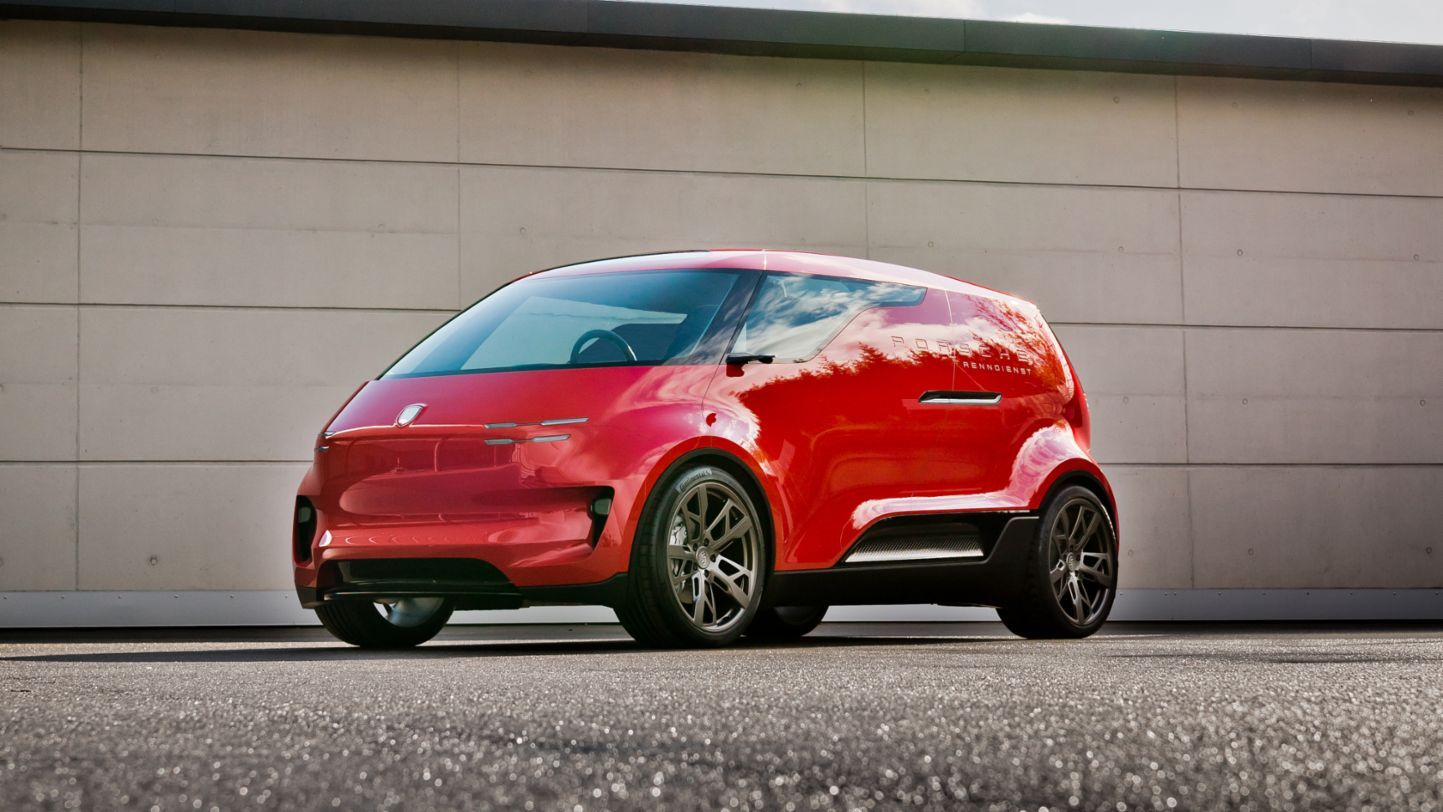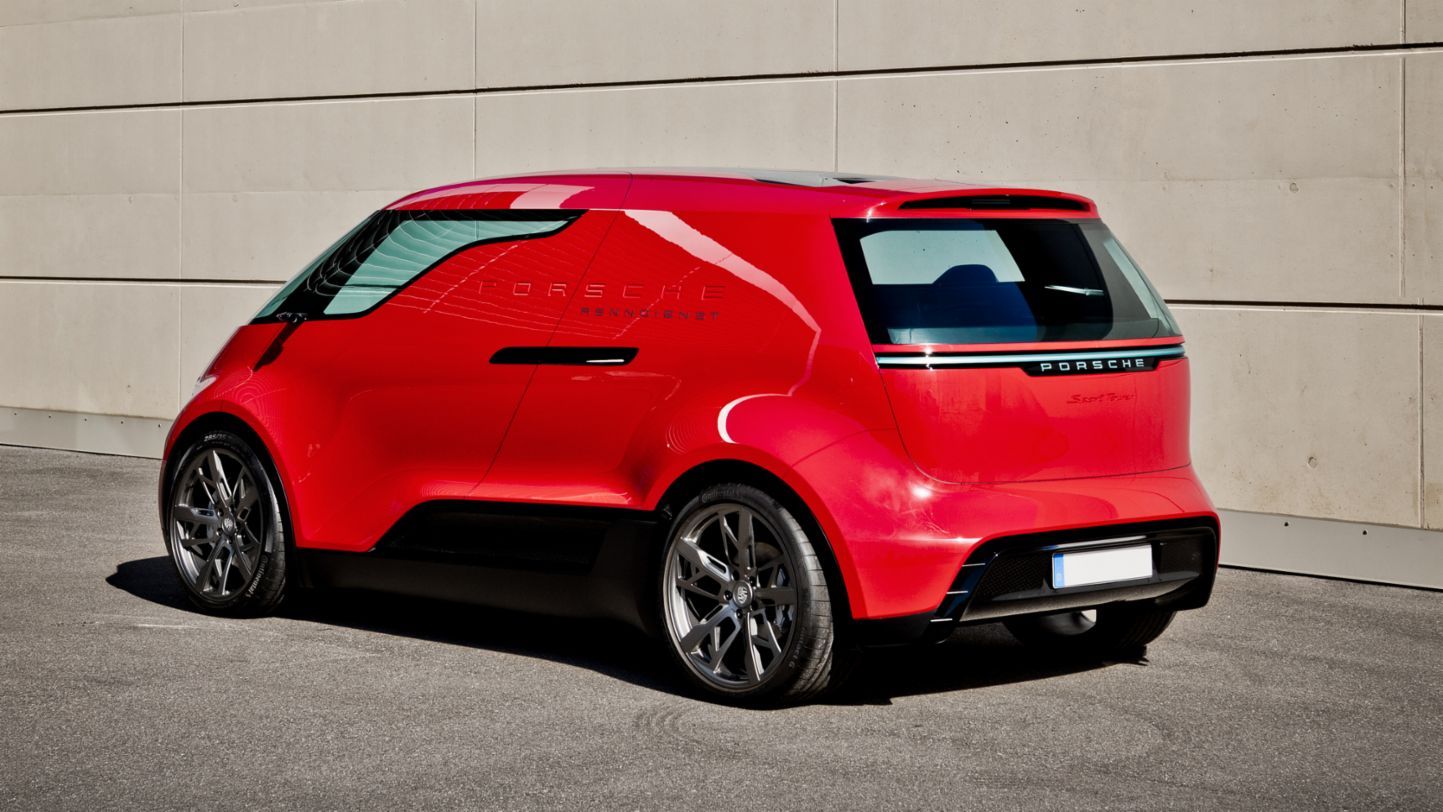Be it a futuristic design, a pre-production model, or a technological showcase, the concept car is now a major part of the automotive world. Tens of concept vehicles are being released every year and many of them are downright spectacular. But the concept cars we see are just a fraction of the concept vehicles that are being designed or built behind closed doors. If you need proof, Porsche just published "Porsche Unseen," a book that showcases design studies from 2005 to 2019. Three of them have been released online as well, and they're as spectacular as they get.
Porsche 919 Street
Yes, I know you've been fantasizing about a road-legal version of the 919 Hybrid race car. I've been doing that as well. And it seems some people at Porsche had the same wet dream.
It's heavily based on the 919 Hybrid race car, sharing many design features with the hybrid racer that won the 24 Hours of Le Mans three times in a row. But Porsche actually spent a lot of time to make it look like a road-legal car.
There's a bigger lower grille up front, as well as revised four-point LED headlamps inspired by Porsche's production models. The canopy roof is similar, but the rear section is a bit longer. The wheelbase remained unchanged, but the side panels have been redesigned. The outlets from the rear fenders are also gone and the surfaces are smoother overall.
The 919 Hybrid's cool roof scoop is still there, but the central fin is gone, since such a feature wouldn't be allowed on a road car. Porsche also deleted the massive rear wing, replacing it with smaller winglets at the top of the rear fenders. It features actual taillights in the rear fascia and a two-piece diffuser. Overall, the 919 Street looks downright spectacular.
It's such a shame that Porsche didn't develop this concept into a road-legal car, because it would have caused a sensation. On the other hand, we don't know if a streetable 919 would have been possible. But imagine seeing this 900-horsepower hybrid in your rear-view mirror.
Porsche Vision Spyder
Finished in 2019 as a 1:1 hard model, the Vision Spyder is a tribute to an iconic open-top Porsche model from the past: the 550 Spyder, a race car produced from 1953 to 1956. A predecessor of the 718, the 550 was a successful race car, winning its class in the 24 Hours of Le Mans, Targa Florio, and the Carrera Panamericana.
Up front, the apron is based on the existing 911, but the vertical headlamps are completely new. The profile borrows from the 550 with its bulged door sections and muscular rear fenders.
Like a traditional spyder, it features a really small and frameless windscreen and a roll-over hoop behind the seats. The rear section is rather simple and dominated by a huge diffuser, but it also sports a thinner version of Porsche's current lightbar. The engine hood is a clear tribute to the 550, although the grille is placed closer to the seats instead of the rear fascia.
Porsche says that the Vision Spyder was also created to further develop the design identity of Porsche and provide a pool of ideas for future details, like the ultra-modern roll bar.
Porsche Vision Renndienst
Porsche never built vans outside the B25, a Volkswagen T3 that they fitted with a 911 engine in the 1990s, but it used a lot of VW haulers back in the day. The first-gen VW Microbus was common presence at the race track, being mainly used to haul equipment and sometimes crew.
This concept car is a tribute for the van that made things easier for Porsche racing outfits.
The concept is a more futuristic take on the old VW van. The styling is decidedly aerodynamic, with a slanted windshield that also features a wrap-around design, like a prototype race car. It features slim headlamps that mimic the four-point LED design of Porsche's production cars, while the rear fascia boasts the familiar lightbar. Sporty details include beefed-up wheel arches, carved-in side skirts, and V-shaped outlets in the front bumper. Unlike the old Renndienst van, this concept was envisioned as a passenger model, or "a family-friendly space concept for up to six persons."
Porsche also says the Vision Renndienst was designed with a central driver's seat and an all-electric drivetrain located in the underbody. I have to admit, I wouldn't mind if Porsche actually built a production van like this.

